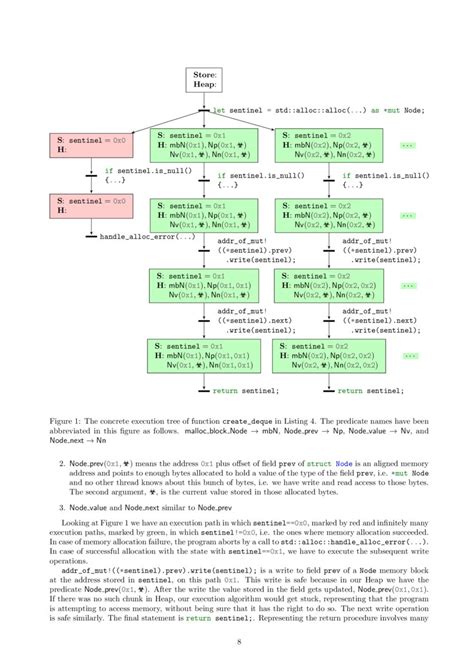Embarking on the journey of translating Rust’s core and alloc crates to Coq for formal verification opens up a realm of complexities and possibilities. The captivating discussion on trust in toolchains, as highlighted by thaliaarchi, delves into the recursive nature of automatic translation, paving the way for enhanced correctness proofs akin to David A. Wheeler’s work on diverse double-compiling. Leveraging tools like coq-of-rust to validate the translation and meticulously proving the equivalence between definitions showcase the meticulous yet essential process of formal verification.
The insightful exchanges between users shed light on the distinct levels of formalization in Rust, from MIR to THIR, with each presenting its intricacies and trade-offs. The debate around trust in the Rust toolchain, as discussed by deredede and thaliaarchi, unveils the challenges in verifying rustc and intriguing strategies like translation validation akin to the approach in validating the seL4 kernel’s ARM machine code. The ingenious use of diverse double-compiling with mrustc to counter the trusting trust attack attests to the complexity and creativity in ensuring toolchain integrity.
The discussions further bring to the forefront the intersection of industry funding, cryptocurrency, and formal verification, showcasing how the pursuit of correctness and security in systems like Rust and Coq is fueled by diverse sources. Comments by im3w1l and deredede hint at approaches like bootstrapping and translation validation, drawing parallels to existing techniques in the verification landscape. The interplay of trust, industry support, and the relentless quest for bug-free software architecture outlines a holistic view of the software development ecosystem’s evolution.
Exploring the nuances in handling loops and pointers in formal verification, as mentioned by Gajurgensen and clarus, underscores the importance of designing robust proofs for program correctness. The strategic use of the `M` monad for loops and the meticulous handling of memory allocation provide a glimpse into the meticulous process of ensuring program determinism and safety. The delicate balance between simplicity and rigor in the proof process shines through, emphasizing the significance of functional definitions and equivalence validations in the formal verification domain.
The dynamic discourse around formal verification specifications and property tests, as alluded to by vlovich123 and Jtsummers, uncovers the intricate web of challenges and innovations in ensuring code quality and reliability. The comparisons between writing specifications for property tests and formal verification underscore the varying levels of complexity, effort, and efficacy in each approach. Balancing the costs and benefits of formal verification in the software assurance landscape highlights the nuanced decision-making process in adopting advanced verification techniques.
As the horizon of formal verification expands with Rust and Coq paving the way for enhanced security and correctness in software systems, the path towards embracing formal methods grows richer and more intricate. The collaborative efforts, insightful discussions, and innovative methodologies showcased in the Rust-to-Coq translation endeavor underscore the profound impact of industry collaborations, trust mitigation strategies, and meticulous proofs in fortifying the software development ecosystem.
By navigating the intricate web of discussions and insights stemming from the Rust-to-Coq translation project, readers are given a glimpse into the evolving landscape of formal verification. The blend of theoretical underpinnings, practical challenges, and innovative solutions presented in the comments underscores the vibrant and dynamic nature of the formal verification domain. As technology continues to push the boundaries of correctness and security, exploring the intersection of Rust, Coq, and formal verification unveils a rich tapestry of possibilities and complexities awaiting further exploration.


Leave a Reply